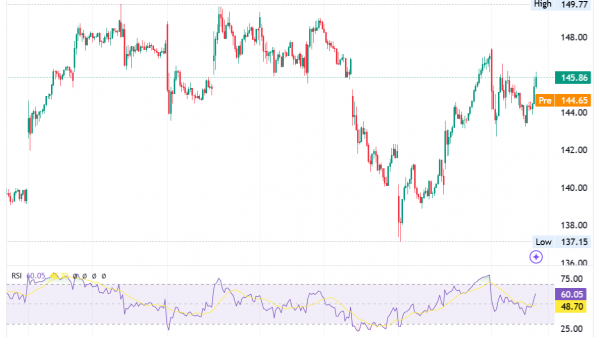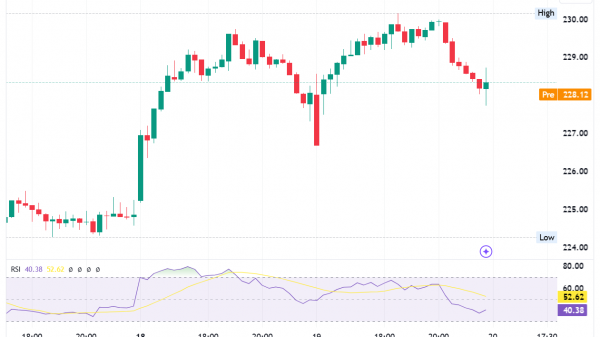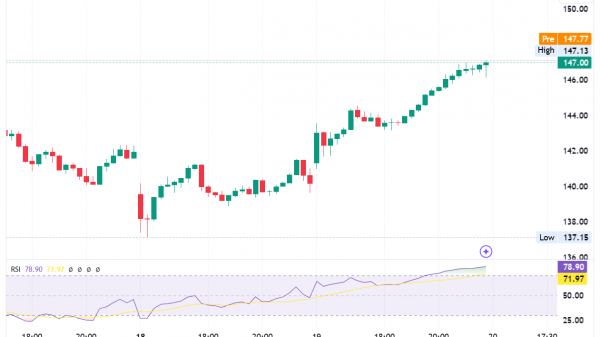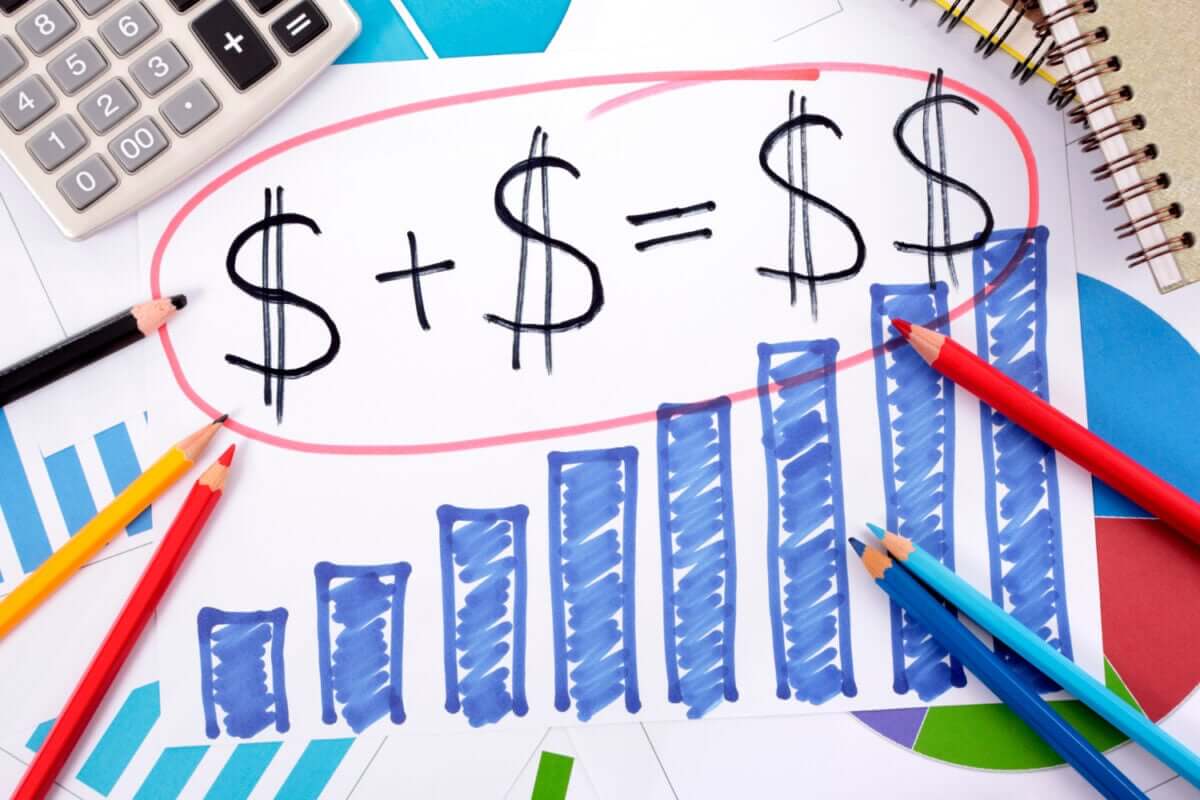Cash ratio – calculation and practical application
The cash ratio, or liquidity or coverage ratio, shows the cash and cash equivalents ratio to its current liabilities. It measures the company’s capacity to repay short term liabilities. It is also referred to as cash asset ratio or liquidity ratio. The other liquidity ratios, such as the current ratio and quick ratio, provide additional insights into a company’s financial health. So, it’s a liquidity measure that creditors pay close attention to when deciding to loan large amounts of cash. These ratios help creditors assess a company’s ability to meet its short-term obligations and manage its financial resources efficiently. Compared to the quick ratio and current ratio cash ratio is a stricter liquidity asset measure since it is the company’s most liquid asset.
What is the cash ratio formula?
The formula for calculating the goes as follows:
Cash Ratio = (Cash and Cash Equivalents) / Short-Term Liabilities
“Cash and Cash Equivalents” typically include cash on hand, cash in bank accounts, and short-term investments that are highly liquid and can be quickly converted into cash.
“Short-Term Liabilities” refer to the company’s obligations due within one year or within the normal operating cycle of the business, whichever is longer. These may include short-term loans, accounts payable, and other current liabilities.
What cash ratio can tell us?
So what cash ratio can tell us? What does it indicate regarding the company’s health? It indicates the company’s capacity to pay its liabilities without liquidating or selling other assets.
If it’s equal to 1, the company has the same amount of cash and current liabilities. And is able to pay all debts and have funds left over.
This ratio shows the value of the company in the worst-case scenario – for instance if the company is about to go out of business.
A cash ratio of less than 1 means that the company has more debts to pay than cash and cash equivalents. And it may sound bad it doesn’t have to be if the company skews its balance sheets and has wisely managed inventory and long credit terms with customers and suppliers.
When the cash ratio is above 1, it indicates strong short-term financial health and suggests that the company is in a good position to pay off its short-term debts immediately if needed. In essence, if all current liabilities came due immediately, the company could pay off all of them with just its cash and cash equivalents without having to rely on other current assets like accounts receivable or inventory.
What Is a Good Cash Ratio?
It all depends on the industry. Some sectors may rely significantly on short term assets and debts. In general, the ratio above or equal to 1 is a good ratio. If the ratio is under 0.5, it’s a sign the finances are at risk. It means the company has twice as much debt compared to cash.
Calculation example
We calculate the cash ratio by dividing cash by current liabilities. The cash portion of the calculation also encompasses cash equivalents such as marketable securities. Here is an example of cash ratio calculation for a hypothetical company
The cash ratio formula is:
Cash ratio = Cash and Cash equivalents / Current Liabilities
Given:
Cash on hand: $10,000
Cash Equivalents (e.g., short-term government bonds): $40,000
Current Liabilities (e.g., short-term debt, accounts payable): $30,000
The calculation goes as follows:
Cash Ratio=Cash on hand + Cash Equivalents / Current Liabilities
Cash Ratio=10,000+40,000 / 30,000=50,000 / 30,000= 1.67
So, the company has a ratio of 1.67. This means that for every dollar of current liabilities, XYZ Ltd has $1.67 in cash and cash equivalents.
Bottom Line
The cash ratio is not so often used by analysts in financial statements when conducting a fundamental assessment of a business. Holding vast amounts of cash and near money assets to offset current liabilities isn’t a practical approach for companies. Keeping extensive cash reserves on a company’s balance sheet is often viewed as inefficient asset management. This idle money could benefit shareholders or be invested to yield higher returns.
The cash ratio gains significance when benchmarked against industry norms and competitor metrics or when tracking the variations within a single company over a duration. Some industries naturally function with diminished cash reserves and elevated current liabilities, primarily due to the nature of their operations and capital requirements. For instance, technology firms often invest heavily in research and development, which can lead to lower cash balances in the short term. In contrast, industries like utilities or mature manufacturing companies tend to maintain more substantial cash reserves to ensure stability in cash flows and meet their obligations promptly. Therefore, understanding the context of a company’s cash ratio within its industry is crucial for making informed financial assessments and strategic decisions.
The post Cash ratio – calculation and practical application appeared first on FinanceBrokerage.

































